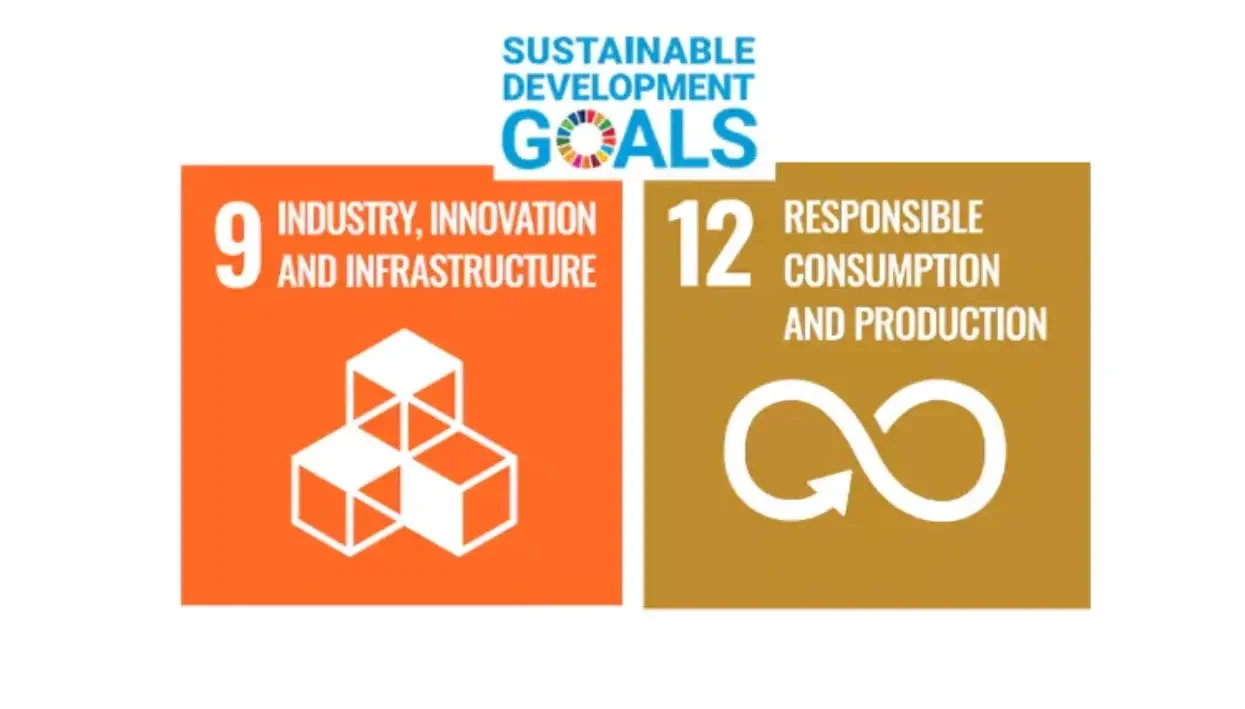
Laurel Brunner discusses the United Nations Sustainable Development Goals and how printing companies can achieve specific goals. This includes Goal 12. where printers can use recycled papers and water-based inks.
We’re hearing more and more about the UNSDGs. ISO makes compliance with at least one of them mandatory in new document development. Large corporates such as Fujifilm and HP make sure to mention them in their sustainability communications. Marketing managers across the industry name check UNSDGs, but there is more to these commitments than soundbites. The objectives of the UNSDGs will certainly make the world a better place for most of the people on the planet as well as for the skies, lands and seas. But getting businesses to be really behind the goals, putting together cohesive plans and targets, is another matter.
There are 17 UNSDGs ranging from eliminating poverty in the number one spot to partnerships for achieving the goals themselves at number 17. In between are a range of objectives that businesses should at least be aware of, if not strive to achieve. Climate action is one, and improving life below the water is another. They are mostly about fixing things that are unfair or damaging for the planet. But only a couple of UNSDGs are really likely to be lovingly embraced by the printing community.
Goal 12 for instance is to “ensure sustainable consumption and production patterns”, and goal 9 is to “build resilient infrastructure, promote inclusive and sustainable industrialisation”. The former is the UNSDG most frequently cited for ISO documents and it is the most attainable by print service providers. Efficient print media production, where automation is maximised and waste minimised should be the objective for all organisations and their customers.
Printing companies can aim to achieve UNSDG 12 without breaking a sweat. Using recycled papers, water-based inks and printing on demand all contribute to sustainable production patterns. Working with processless plates and fully automated workflows that maximise throughput and minimise energy related emissions also helps.
Building resilient infrastructure is probably a bit of a stretch but sustainable industrialisation is well within bounds. It doesn’t have to be on a massive scale: it could be as simple as growing the business through automation and investing in energy efficient kit. It could include investing in insulation and water management or developing an environmental policy that includes building management, recycling and the like. Even support for local litter clean up operations would probably count.
Dry as they sound to most people slaving away at daily life, the UNSDGs are important because they aim so very high. But change begins on the ground. Awareness of the goals is the first step towards understanding what we can all do to help achieve them, but action might take a while.
Source Information: This article was produced by the Verdigris Project, an industry initiative intended to raise awareness of print’s positive environmental impact. This weekly commentary helps printing companies keep up to date with environmental standards, and how environmentally friendly business management can help improve their bottom lines. Verdigris is supported by the following companies: Agfa Graphics, EFI, Fespa, Fujifilm, HP, Kodak, Miraclon, RicohSplash PR, Unity Publishing and Xeikon.